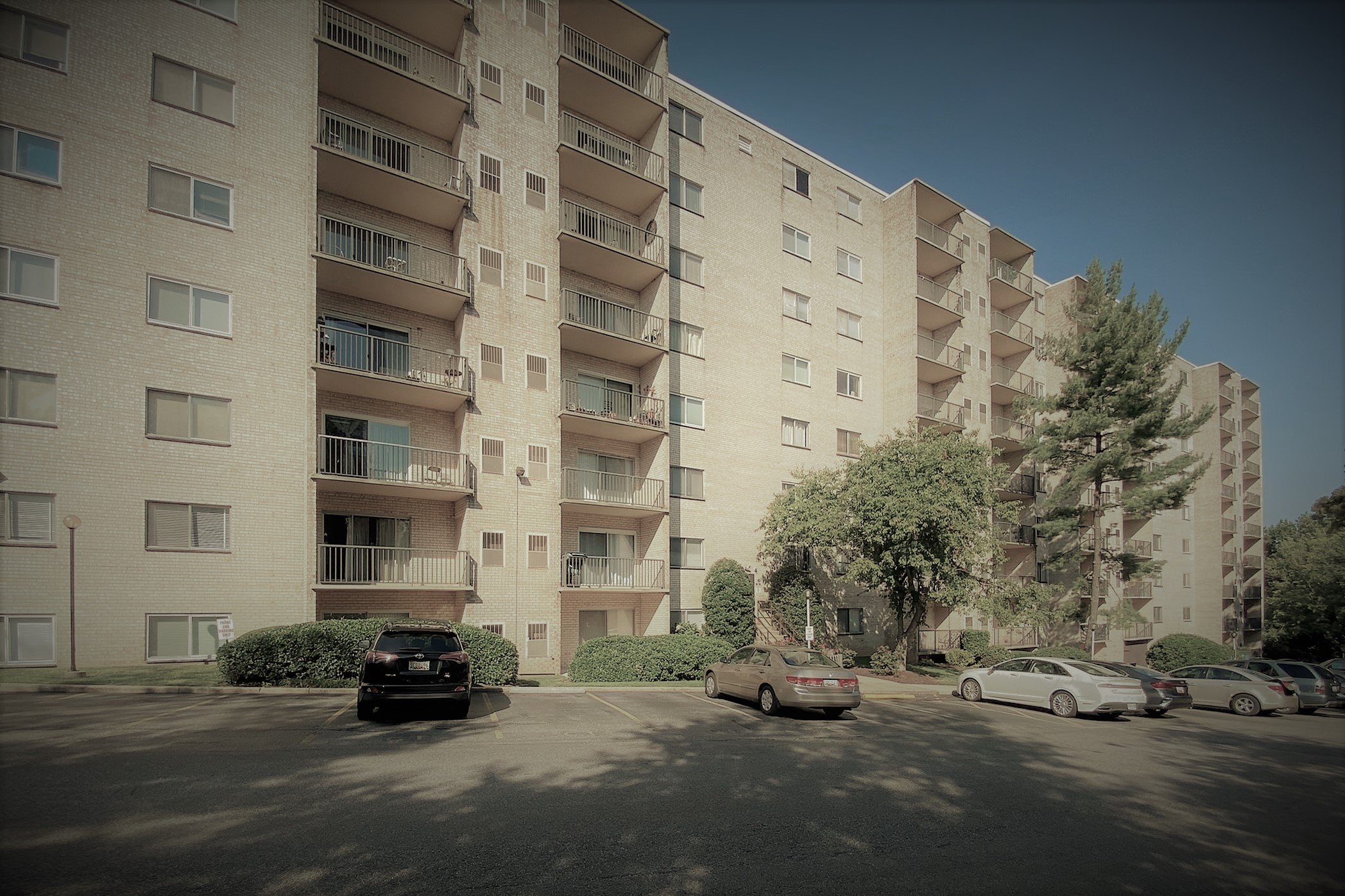"Adapting houses" is considered a demand-side strategy for bringing down global emissions. This strategy becomes especially important when facing the high ratio of "one-person" households, while more than 70% of newly constructed houses are single-family homes.
The concept sounds simple, but how can we adapt to these units technically without altering much of the existing condition and meeting our modern code simultaneously?
Here I want to share some of my design struggles when adapting to the high-rise structure designed in 1975.
Acoustic issues
Like many of my neighbors whose birthplace is a foreign country, I grew up in a house built with concrete and finished with terrazzo flooring. The culture there was that people mob the floor and take off their shoes inside their homes.
Therefore replacing the carpet floor with an easy-maintained wood floor was my initial consideration. In the end, I decided to keep the original carpet floor, not because of financial concerns but rather the acoustic consideration.
According to IBC Chapter 12 Sound transmission requirement, the floor assemblies at the unit shall have STC (sound transmission class) of at least 50 and have IIC (impact insulation class) of at least 50.
Image on the left is original drawing from 1975; image on the right is the sketch excerpt from HUD.
The above image is an excerpt from original construction documents from 1975. The drawing was blurred, but I suspect the initial-designed floor assembly was a quarter-inch parquet tile on top of two-and-half-inch of the concrete slab. It also had a 14" plenum space with a 1/4" steel furring channel and drywall at the ceiling.
There is no way I could take the whole assembly to test its STC or IIC rating. Luckily, I found this document published by HUD (Department of Housing and Urban Development) that uses 1970s research publications as their references. In their sketch, a 3" thick concrete slab has an STC rating of about 45-56 dB; and with carpet over soft padding, the assembly will have an IIC rating of approximately 70.
Assuming I raze the carpet and use either existing wood parquet or replace it with thicker wood flooring, the overall IIC rating can still be about 51 dB, barely meeting IBC's requirement.
Paint Consideration
Although paint color is a very personal choice, the primary reason that I repaint the whole unit rather than touch-up is because of its original sheen.
When I moved into this condo, the entire unit, other than the kitchen bathroom, was painted with a flat sheen. This kind of finishing has a non-reflective appearance and can hide minor defects on the surface. Yet, it is prone to leaving marks on the surface and is not easy to remove.
Eggshell sheen is a slightly shiny finish that minor defects can easily spot under the light. On the other hand, it is easier to wipe down the marks left on the eggshell sheen. For that reason, I repaint the whole unit. As you can tell from the image, the ceiling has a tiny glittery glow when the morning sun penetrates the entire space. This unexpected shimmery was one of my delight moments of the day.
Here are some before-after photos.
Notes and references:
Section 1206 of the International Building Code 2021 states that the separation between dwelling units, sleeping units, and other public or service areas must achieve STC 50 or not less than STC 45 when field tested. While every jurisdiction adopts its version of IBC, this rule remains the same in IBC 2018, which Maryland currently implements.
Sound transmission class (STC), measured in decibels, is used to measure a building material's ability to absorb sound. It only measures sound blocked in the 125 to 4000 Hz range. An assembly with an STC rating of 50 can reduce 110 dB of airborne sound on one side to 60dB on the other side. To determine assemblies' STC ratings, manufacturers take materials to a laboratory following the requirement of ASTM E90.
Impact insulation class (IIC), also measured in decibels, is a classification system used to determine a sound's impact on a structure. Tests per ASTM E492 determine the materials' IIC rating. The higher the IIC rating, the better the material can block the impact noise.
Color is a personal choice, it influence how we live and shows who we are. The color I chose for interior is Behr’s Granite Dust. If you are interested to know what are other color trends out there, check out “It’s not beige, it’s not grey: its greige“ a Lifestyle by The Guardian.
Below is a list of areas where you would commonly encounter issues when adapting your homes:
The excerpt of code are from International Building Code 2018.
First published 5.17.2022
If you like this article, you will also find these helpful:





